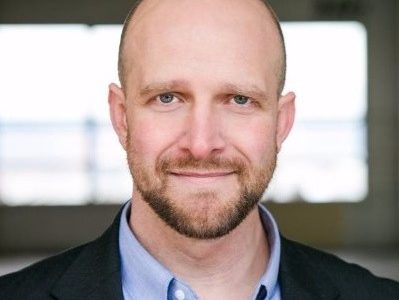Recently, I began teaser introductions to the following five topics. I believe that each topic is a key issue for growing your company from 15 to 50 and then to 150 people or more. So, here is my take on that Holy Grail, on what companies and my clients need to focus:
Know Thy Self
Look at Your People
Culture
Processes/Systems
Business Model
Today we will focus on #5, Business Model. When asked, almost everyone says they have a business model. The question should be, does your business model work?
At 15 employees, most companies take any customer and are delighted with them all. What most often happens is that many businesses at this level, essentially focus on materials, direct labor and determine profit.
At this stage most companies business models don’t take in to consideration all of the cost factors that have to be included in operating their company. This recognition failure means that they become resigned to staying at this level. The two most overlooked cost factors seem to be administrative and Top Management (owner may be taking a salary or may not; the owner may be doing what will become two or three full time positions).
The personal costs are failing to pay the owner as an employee of the company. Often, the owner is both General Manager and Sales force. If the owner is not separating out their roles and the value brought in to the company from the ownership value, then it becomes very difficult to afford hiring the right people as the need arises and the owner let’s go of some of their roles.
The administrative costs are especially front and center when a business begins to come up against competitors. Pricing in small companies almost never takes in to account the costs of having people who don’t directly support the sales and production part of the business. Initially, this gives the small company an advantage over larger competitors. As the Company grows and G&A increases in both real dollars and possibly in percentage of G&A to the rest of the company, it will continue to be important to manage/control expenses and it will become more important to understand how to include G&A as a part of your business model. .
As companies grow towards 50 employees one of the big learns is when a company analyzes its customers and find that some make them lots of money and others don’t. This is often the beginning of a shift/change in the business model because quite often the early customers (who are loyal and love the company) are not what the company needs in order to further grow and develop. This quite often means that the tough decision to move on from (get rid of) these customers has to take place. Also, at about 30 employees on the way to 50, it is often the time that a company has to move to more experienced/skilled managers. What often happens is the existing key employees dig in their heels around letting go of old/core customers.
On the way to 150 employees, the business model again needs to morph. The complexity of the business requires further analysis of who is a target customer, how we profitably address their needs, are we aligned to service that kind of customer and how do we close the gaps as we begin to compete with more sophisticated larger companies?
At both the 50 and 150 employee stage, one of the largest issues is ROI (Return On Investment). Companies find that they must re-invest in people and equipment with significant cost tags. Much of the time, this is when a company that has been profitable, become unprofitable. Anticipating these growth needs and keeping an eye out toward what the needs will be and when are critical factors in success at these stages.
At what stage are you? What is your business model and at what point do you think it may not work anymore?


